Recently we reached out to Bryan Minear, Fuji X-Photographer, to offer a test of the Cambo Actus-Mini for the Fuji-X platform. Here are his thoughts.
Photos and text by Bryan Minear. Shared here with his permission.
I don’t write as often as I’d like to. So when Cambo USA reached out to tell me about the Actus Mini with Fujifilm X compatibility, I instantly knew that if I could get it in my hands, I would want to write about it. This isn’t really going to be a “review” because I really hate writing a typical review. This will be more or less my thoughts on a really cool photography tool that I feel more people should know about.
After some back and forth with Cambo, we nailed down a week that I could try out the system. I planned a cool weekend trip to take it on that unfortunately ended up getting cancelled due to weather, but more on that later.
For those that aren’t familiar with a traditional “view” camera. Think old school 8×10 photographer under the sheet with a huge camera that looks like an accordion. The bellows are light sealed and allow the lens to move back and forth from the film plane which acts as your focus wheel. The lens can also move side to side and up and down as well allowing for “tilt” and “shift” to correct for perspective or to give that artsy blur effect.
Well the Actus Mini basically functions in the same way. The back of the Actus has a mount for your camera system body and the front has a lens mount. They offer a few different camera mounts but Fujifilm is the only one that I care about for the sake of this writing.
Cambo themselves make a few lenses, but they also have adaptors for other lens manufacturers which is really cool. An APSC system like Fujifilm X allows for the use of Nikon, Leica, Mamiya 645 and RZ/RB, Pentax 645, and Hasselblad lenses. And large format lenses 55mm and longer. For my testing they sent me the Actar 24mm f/3.5 which ended up being the perfect all around focal length, especially with how much i was shooting panoramas. All sample images below were shot with an X-Pro2 attached to the Actus Mini. If the shot is a panorama, I made a note of it, otherwise its just a single exposure.
Because the lenses are designed to resolve at such a larger size, it allows you to shift the sensor around within the frame. Not only can you tilt and shift the lens on the front, but the rear camera mount moves side to side and up and down independently as well. This allows you to capture panoramas with NO distortion whatsoever. You are essentially moving the sensor around the lens area shot by shot so you can combine them into perfectly stitched panoramas in post. I know that photoshop has come a long was with perspective correction tools, but there is no software that allows you to create panoramas like this. I have to say that ending up with super high resolution panoramas is perfect for printing.
One of the coolest things about the Actus Mini is the size. I’m a huge fan of shooting on tripods. I love to slow down and add filters and do things very methodically. The bottom of the Actus is totally Arca-Swiss compatible so it is ready to be mounted without any sort of added plate. But it’s size also allows you to hand hold the entire system. It gets a little tough if you are wanting to do a lot of tilt and shift movements, but it’s totally possible. The build quality of this thing is incredible. It just feels very solid and well engineered. The whole system breaks down very quickly. The bellows are attached the the front and back by a genius magnetic connection that locks you into place, and it folds down completely flat for storage.
I was in constant communication with Cambo the week that I was testing. They wanted to make sure to answer any questions that I had. I asked them what kinds of fields they saw this being most useful in. Knowing that in my world of landscape and architecture the perspective adjustments and panorama capabilities are a huge deal. But they also informed me that this system would be great for product and portrait photographers because it allows for such intricate depth of field plane control.
My week looked like this: I hit a few of my local hotspots after work just totally in “play” mode to get a feel for the controls and how it would fit into “my style” of work. Knowing that I had a trip planned for the weekend where I was REALLY going to put it through its paces in the field I really just wanted to get better acquainted with the functions so i knew what to do when i had a real subject to shoot. As is my luck, the weather for the weekend soured last minute and we ended up canceling our trip. Just know that I HATE reading online reviews and seeing mediocre sample images that do nothing to show off the product being reviewed. I shot what I could in the time I had, but Michigan had other plans and the entire weekend was a bust. I just have to beg you, the reader, for forgiveness because my final images aren’t as good as the could be. C’est la vie. Hopefully you get an idea of what the system can really do. I hope to get my hands back on one of these for a New York or Chicago trip to really put it to work in the architectural realm.
If you have any specific questions about the system, please feel free to comment below or shoot me a message on twitter or instagram
Or reach out to them directly at Cambousa.com | info@cambousa.com or by phone 404-859-5809.
And hopefully I can talk my wife into letting me buy one. ?
Until next time!


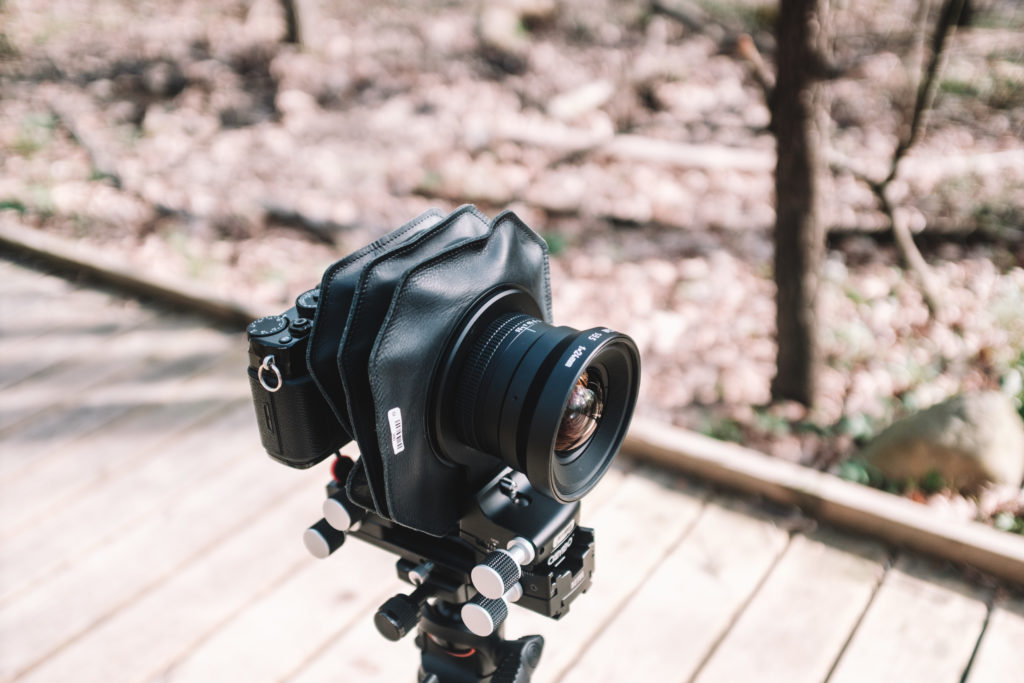

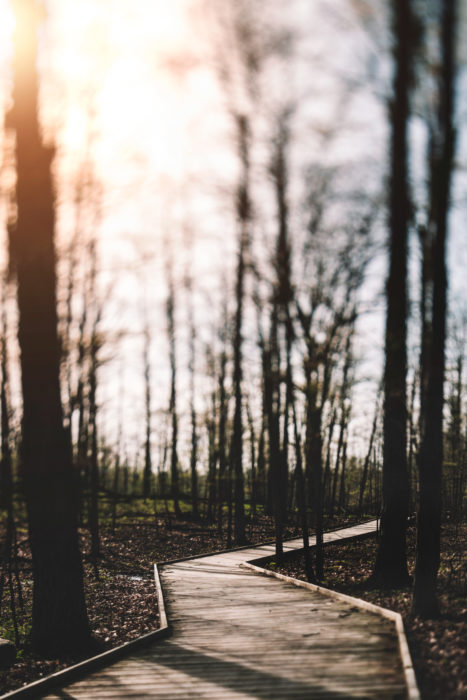
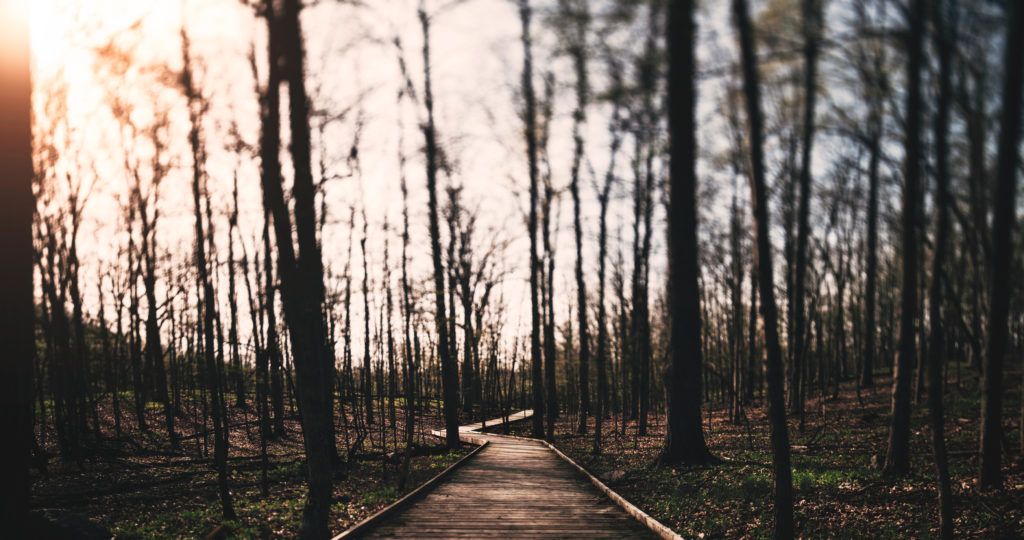





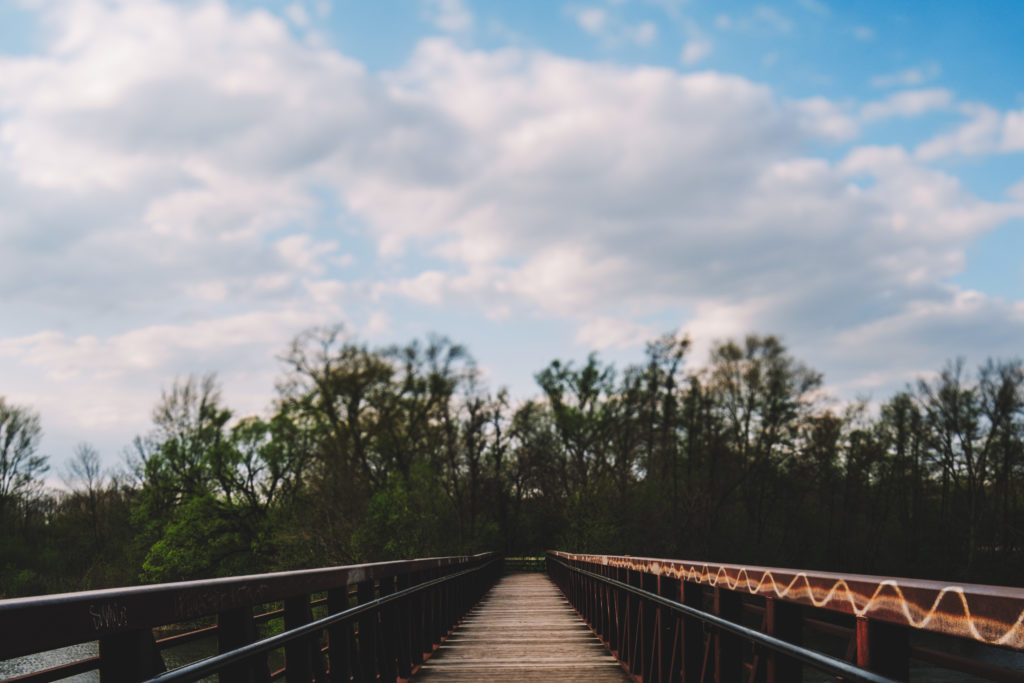






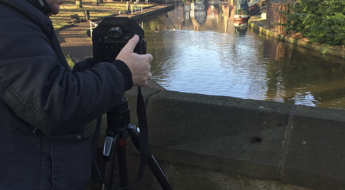
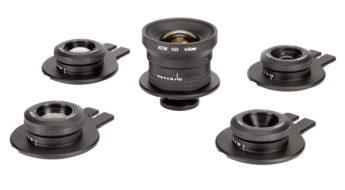

Having spent 25 years behind a Sinar 4×5 on my Cambo Stand (among all other formats) shooting for advertising, will your Actus products support the new Fuji GFX 50MP? With the small APS sensor in my XPro2, I can’t see investing in your ‘Mini’ product with its inherently deep DOF when used with smaller sensors than at least MF. My stock of 4×5″ lenses are all f/4-f/5.6, so even wide open I wouldn’t get the ‘dreamy’ falloff I enjoyed with earlier large format shooting.
Thanks!
Joe
Joe,
Thanks for your comment. Yes, earlier this year the Actus-GFX was released. So we do have the ability for the same movements with the larger sensor.